Which Lawn Weed Is Your Least Favorite to Remove?
Ask any lawn care pro and you’ll get a different answer, but one thing is clear: weeds are the universal headache of this industry. We recently asked GreenPal pros which weeds they hate dealing with the most, and the responses were fast, passionate, and brutally honest. From deep-rooted grasses to thorny invaders, here are the top weeds lawn professionals say give them the most trouble and how they fight back.
Dallisgrass – “Satan’s Weed”
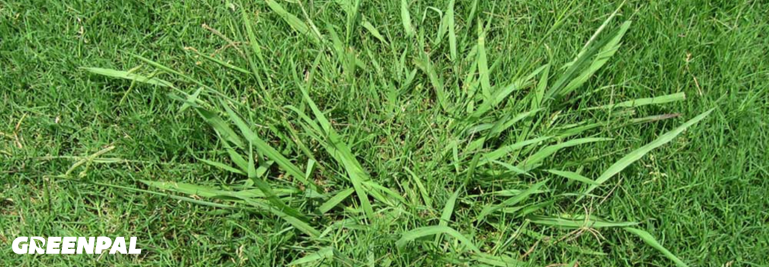
If there was one clear winner (or loser), it’s dallisgrass. Over and over, pros called it the toughest, nastiest lawn invader they encounter.
One pro compared its roots to carrots—“longer than carrots and nothing but RoundUp seems to touch it.”
Another simply called it “Satan’s weed.”
Control options pros recommend:
Spot-treat with MSMA or herbicides labeled for dallisgrass.
Use glyphosate (RoundUp) only for isolated patches and reseed after.
Digging it out by hand is sometimes the only way.
✅ Pro Tip: Don’t ignore small patches because dallisgrass spreads fast, and early removal saves you hours of digging later.
Nutsedge & Kyllinga
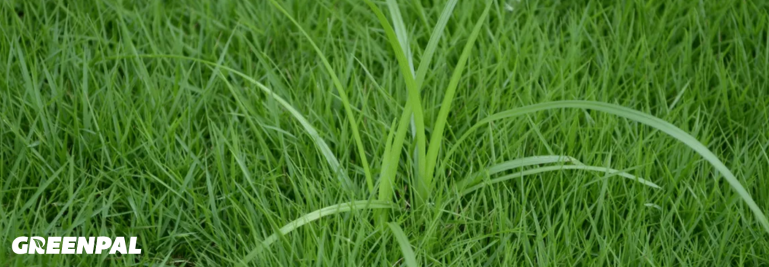
Nutsedge and its cousin kyllinga were high on the hate list. These grass-like weeds thrive in wet soils and spread fast. One pro said: “I hate these things—they grow everywhere.”
Control options pros recommend:
Products with halosulfuron (SedgeHammer) or sulfentrazone.
Fix drainage issues where possible.
Avoid hand-pulling it spreads by underground tubers.
✅ Pro Tip: Raise your mowing height—taller turf shades out nutsedge and slows its spread.
Quackgrass & Johnson Grass
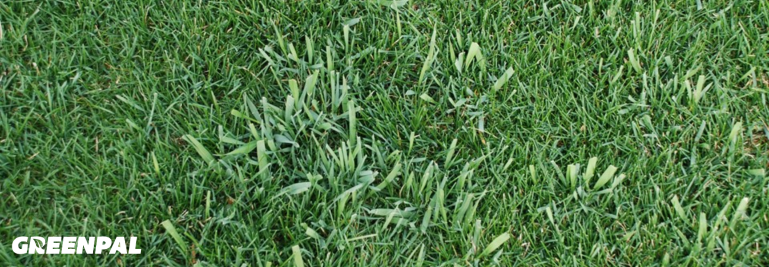
Cool-season pros are familiar with this one. Quackgrass looks like normal turf but quickly weaves through lawns, making it impossible to remove selectively.
Control options pros recommend:
No selective herbicides exist so spot-spray with glyphosate and reseed.
Early control is crucial before it spreads across the lawn.
✅ Pro Tip: Keep customers informed and explain that total removal often means sacrificing a patch of lawn now to save the whole yard later.
Creeping Charlie
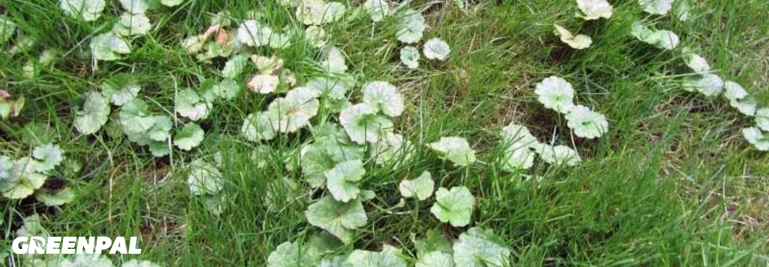
Also called ground ivy, Creeping Charlie drew plenty of groans from pros. It crawls along the soil, rooting at every node, and thrives in shade.
Control options pros recommend:
Broadleaf herbicides with triclopyr.
Improve light and airflow in shady lawns.
Pulling works, but expect regrowth.
✅ Pro Tip: Apply herbicide in the fall, when Creeping Charlie is moving nutrients into its roots, control is much more effective.
Thistles
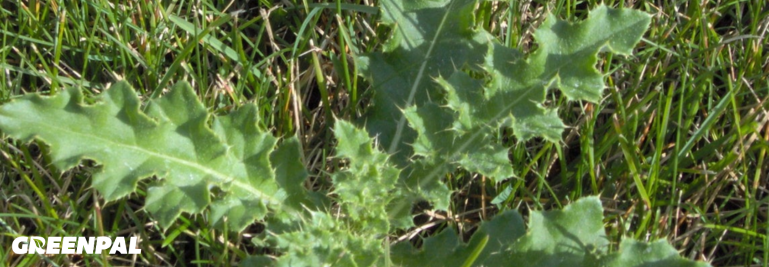
Painful, aggressive, and hard to pull, thistles got multiple votes.
One pro said: “Thistle somehow gets through every glove except full leather.”
Control options pros recommend:
Spot-treat with 2,4-D or dicamba products.
Dig deep to remove taproots.
Cut before flowering to stop spread.
✅ Pro Tip: Rotate between digging and spraying—attacking both top growth and root system is the only way to win.
Poa Annua & Poa Trivialis
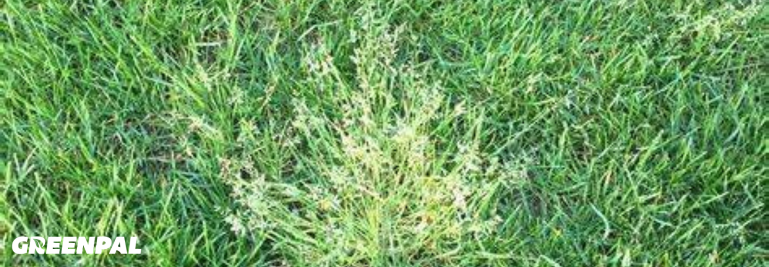
Annual bluegrass might look innocent, but pros hate it for its persistence and treatment costs.
As one pro explained, “Instead of paying $500 for the recommended chemical, I just killed the whole patch and reseeded.”
Control options pros recommend:
Apply pre-emergent herbicides early in the season.
Kill and reseed in extreme cases.
Anew growth regulators can help with long-term suppression.
✅ Pro Tip: Educate clients that pre-emergent timing is critical, missing the window makes control much harder and more expensive.
Other Weeds That Made the List
Virginia Buttonweed – sticky, invasive, and tough to kill.
Spurge – spreads flat and quick across open turf.
Clover – divisive; some pros hate it, others leave it.
Crabgrass – still a nuisance but easier to manage than dallisgrass.
Poison Ivy – one pro joked about “needing nukes” thanks to allergies.

Most Common Treatments Pros Use
While every weed requires a slightly different approach, the pros we asked mentioned several products again and again. These are the go-to treatments they rely on most when tackling the toughest lawn weeds.
| Product / Active Ingredient | Most Commonly Used For | Notes from Pros |
|---|---|---|
| Glyphosate (RoundUp) | Dallisgrass, Quackgrass | Spot-spray only, reseed afterward |
| MSMA | Dallisgrass | Still a favorite for stubborn infestations |
| Halosulfuron (SedgeHammer) | Nutsedge, Kyllinga | Industry standard for sedge control |
| Sulfentrazone | Nutsedge | Often used as an alternative to halosulfuron |
| Triclopyr | Creeping Charlie, Broadleaf | Works best in fall applications |
| 2,4-D & Dicamba Mixes | Thistles, Broadleaf Weeds | Reliable broadleaf knockdown |
| Pre-emergents | Poa Annua, Crabgrass | Timing is critical—must be applied early |
✅ Pro Tip: Many pros noted that results come down to timing. Even the best product won’t deliver if it’s applied at the wrong stage of growth.
_small%20(1).png)
Pro Tips for Beating the Worst Weeds
Beyond individual weeds, here are the universal strategies pros said work best:
✅ Don’t let weeds seed: Many lawn weeds spread by thousands of seeds. Mow or pull before flowering.
✅ Target with the right chemical: Dallisgrass, nutsedge, and creeping charlie all need specialized herbicides.
✅ Improve lawn health: Thick, healthy turf is the best defense. Aerate, overseed, and fertilize properly.
✅ Use the right tools: A dandelion digger, weed puller, or even leather gloves can make a big difference.
✅ Be patient: Most weeds won’t disappear after one treatment. Consistency is everything.
Final Thoughts
Every lawn pro has that one weed they despise—whether it’s dallisgrass with its carrot-thick roots or nutsedge that keeps popping back no matter what you spray. The good news is, the right tools and consistent effort can keep even the toughest weeds in check.
If you’re a lawn care pro looking to grow your business while tackling jobs like these, join GreenPal. Thousands of homeowners in your area are searching for reliable pros every day, don’t let the work (or the weeds) pass you by.







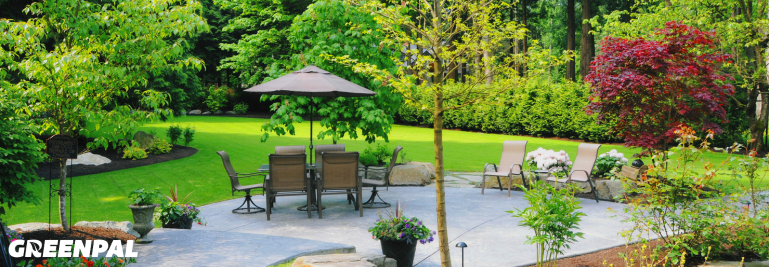









.png)


